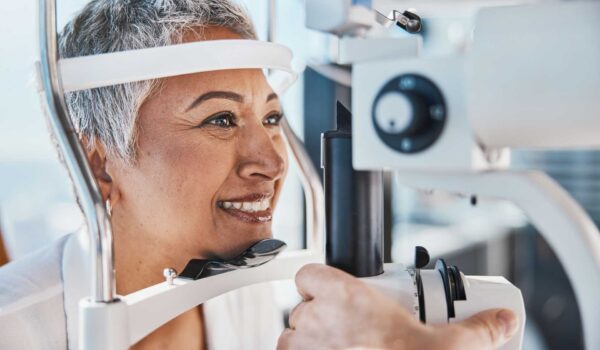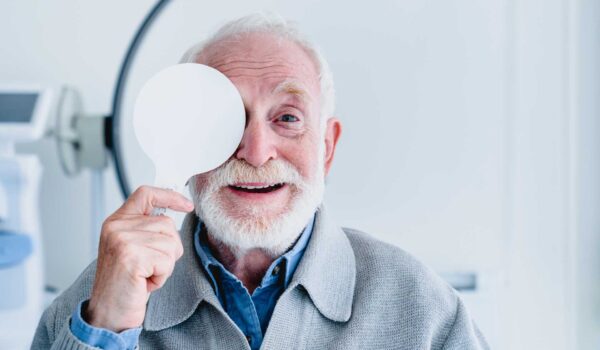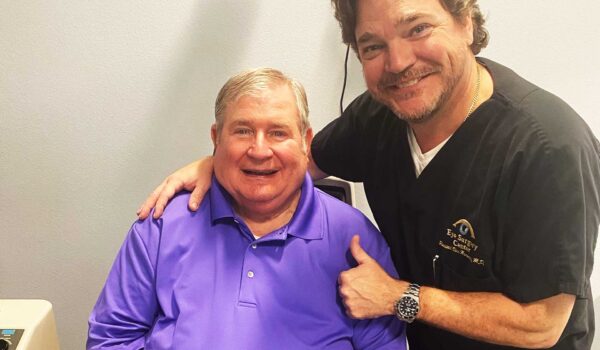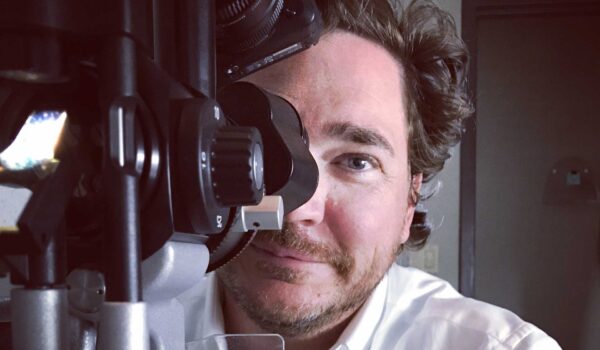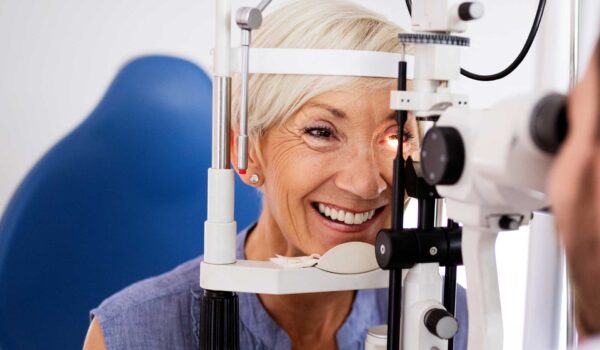Cataracts Procedure
You may not notice it very often, but your eyes are used for almost every single activity you perform throughout your day, everything from reading to driving to bird watching and playing golf. Throughout the life cycle, of the cataract laser treatment procedure the proteins inside the lens of your eye may join together, turning the lens from a clear to a cloudy color that will impair your vision. Discover clearer vision with expert Cataracts Shreveport.
Maintaining the best eye care health is Dr. Van Norman’s number one priority with all of his patients.
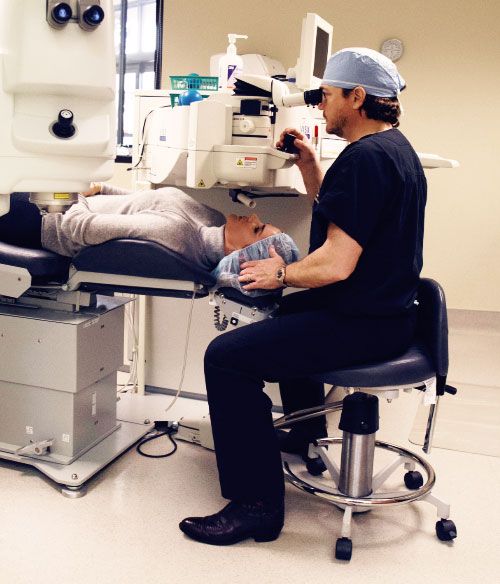
There are certain behaviors that can put you at a higher risk for getting a cataract. Some of these may behaviors include:
- spending too much time in the sun without using proper eye protection
- being a regular smoker, or being near them frequently
- having high blood sugar
- using steroid medications
- having prolonged exposure to radiation
Cataracts start small, and initially they may only have a small effect on your vision. Things may seem a little blurry — like looking at a kaleidoscope or as if you were in an impressionist painting. The world may seem cloudy, blurry, or dim. These effects usually increase over time, until the patient becomes disoriented and in greater need of visual assistance.
As cataracts become more advanced, they begin to darken with a yellow or brown tinge. This gradual process begins to affect night vision and will make some activities like driving more difficult. In fact, a study from Curtin University in Australia found that treating cataracts reduced the risk of car accidents by 13 percent. If you suspect you have cataracts, be very careful at night and don’t drive when your vision is compromised.
- Will likely experience cloudy or blurry vision
- Colors may seem to be faded
- Glare is present around lights
- Poor night vision
- Double vision (multiple images in one eye)
- Frequent prescription changes in contact lenses or eyewear
These symptoms also may be a sign of other eye problems as well. If you have any of these symptoms, check with your eye care professional in Shreveport today.
Cataract surgery is the most common procedure performed by the ophthalmic surgeon.
The cataract surgery procedure code provides a standardized identifier for billing and documentation purposes in medical records. Estimates indicate that this year, there will be over 20 million cataract surgeries performed globally, and 3.6 million in the United States.
In the United States, there are approximately 18,000 ophthalmologists, of whom 9,000 perform cataract surgery regularly. Thus, a typical surgeon might anticipate a surgical volume of about 400 eyes per year.
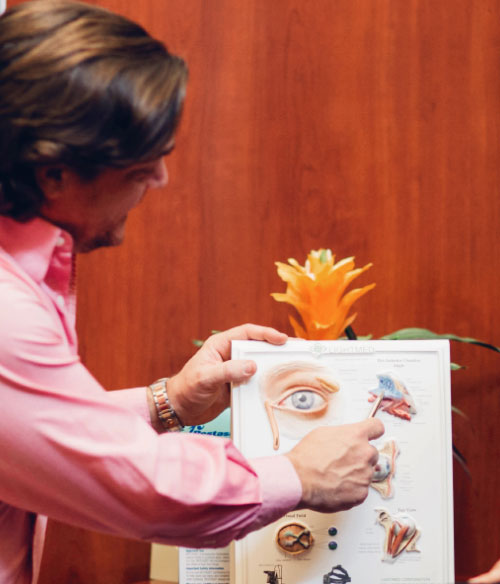
Most cataracts are highly treatable.
The steps of the cataract procedure involve removing the clouded lens and replacing it with an artificial one. Cataract surgery is one of the most common surgeries performed in the United States, with approximately 98% of patients experiencing improved vision if no other eye conditions are present.
Methods of doing cataract surgery:
The role of lasers in the removal of cataracts has been unfolding for decades already in the United States. Femtosecond lasers have been widely adopted in ophthalmic surgery practices everywhere since 2001, and in the late 2000s, work began to develop advanced applications for the lasers in cataract surgery. The medical laser has also found other positive applications including the ability to make incisions in the cornea to treat certain types of astigmatism, thereby reducing the need for corrective eyewear.
- Corneal incisions
- Opening of the capsule containing the cataract
- Sectioning of the cataract into smaller pieces.
The laser performs these three steps with incredible precision, and this may be the primary factor in this technologically advanced field which reduces the need for these steps to be manually performed by the surgeon, thereby reducing errors and improving accuracy as well as costs.
Two very small incisions (one larger, approximately three millimeters, or one-tenth of an inch, and one smaller, approximately one millimeter, or one thirty-second of an inch) are made in the cornea, which is the transparent dome-shaped tissue that covers the front part of the eye. A viscous material is injected into the front part of the eye to help maintain its shape during surgery. This viscous material is made from substances that occur naturally in the body. (Source)
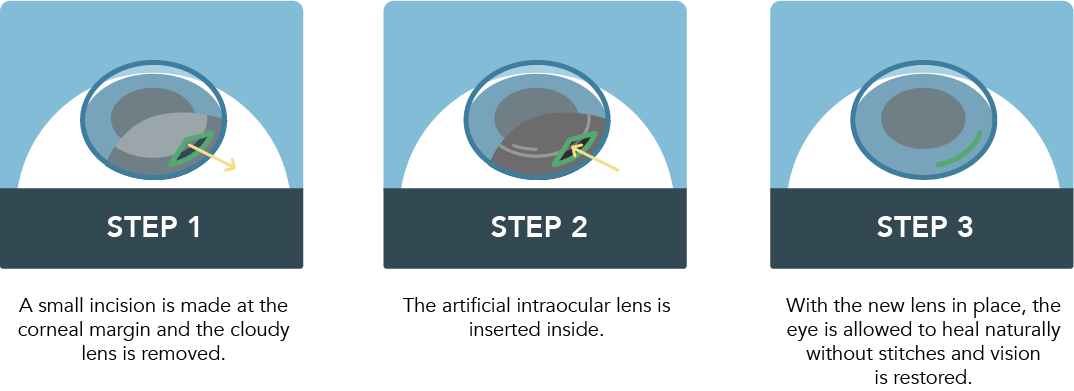
Laser-Assisted Cataract Surgery
Laser-assisted cataract surgery has been used to remove cataracts for at least the past decade in the United States. This procedure provides the same outcome as traditional cataract surgery, but it makes use of a different method because of the advanced instruments. The surgeon utilizes a femtosecond laser to break up the cataracts, then using special software to create a surgical plan with a 3-D image of the eye called OCT (optical coherence tomography). This surgical plan includes the location, depth, and length of the cataract in all dimensions. By using this unique map of the eye, with the settings created in the software, the femtosecond laser will actually create the incisions and assist in the cataract removal with greater precision than a surgeon is capable of.
Light energy from the laser causes disruption of tissue borders with minimal damage to nearby tissue. The old lens is removed, and then, the new lens is inserted. Recovery time is known to be comparable with traditional cataract surgery, while most patients experience clearer vision and can resume normal activities rapidly after laser-assisted cataract surgery.
After Surgery
A postoperative regimen requires anti inflammatory and antibiotic medications. We offer a dropless option tailored to each patient when needed. Most patients recover without complications and are fully healed within 4-5 weeks.
An eye shield or eyeglasses may be recommended to help protect the eyes while outdoors. Avoid rubbing or pressing on the eyes after surgery. After a day or two any mild discomfort should disappear.



